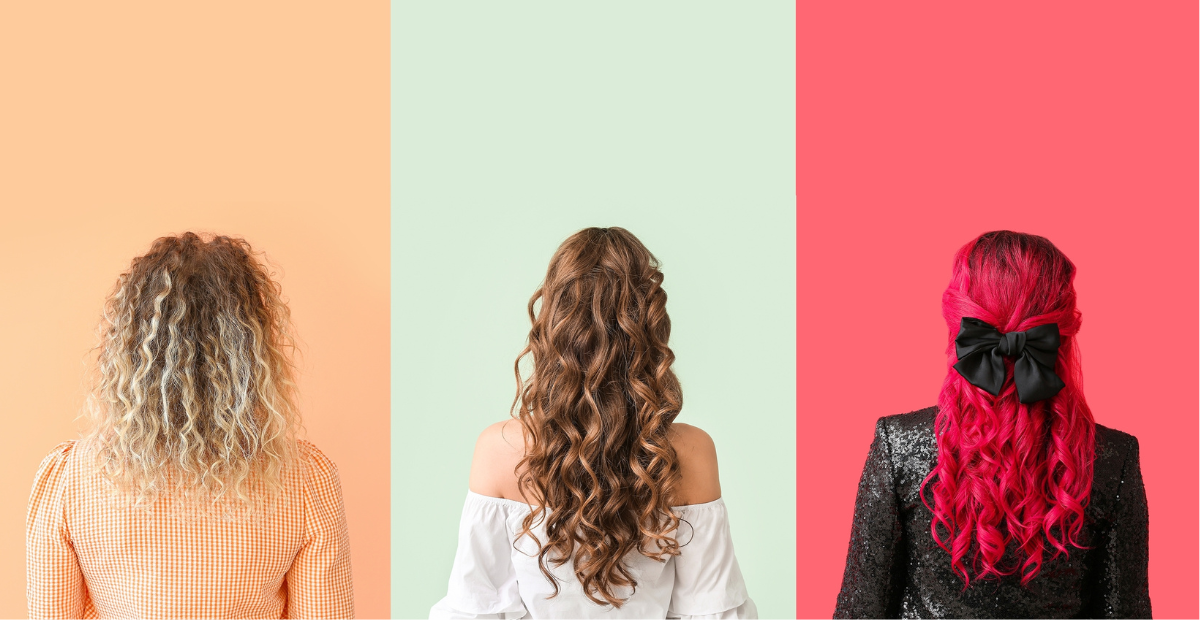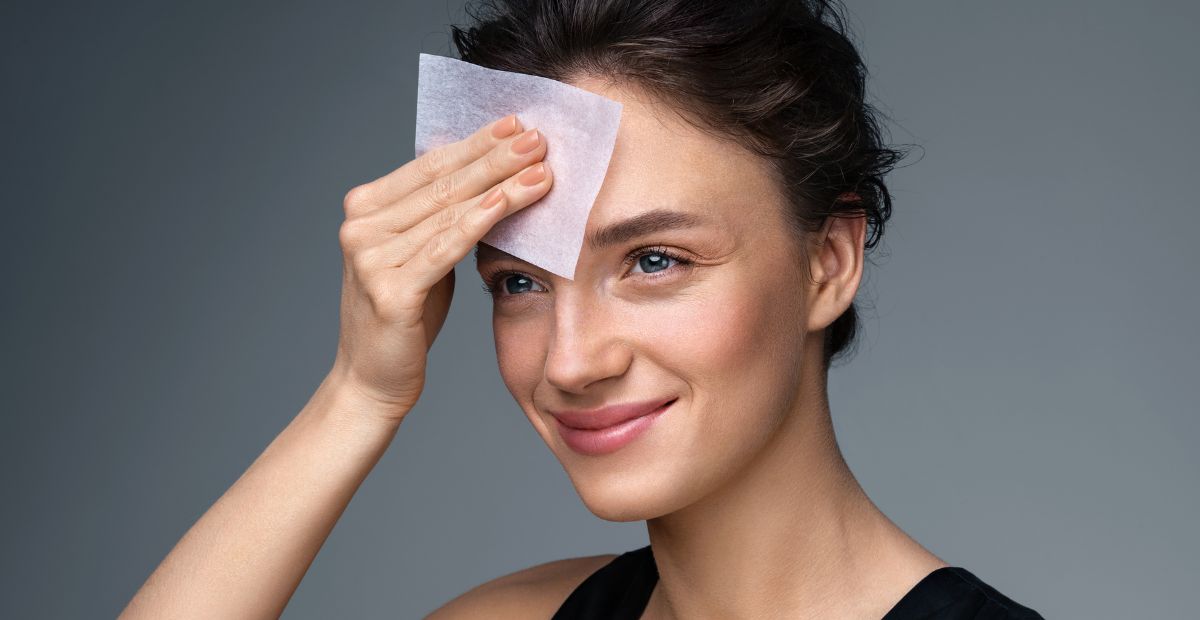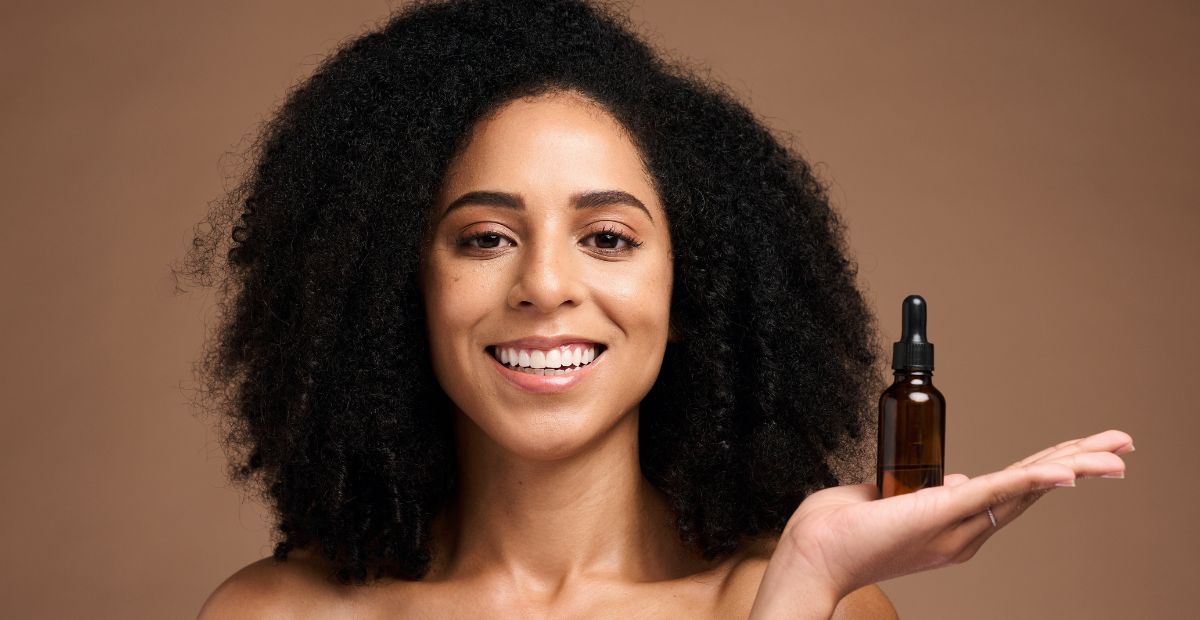Rosacea 101: Causes and Management Strategies
Onskin Content Team
Your guides through the skincare chaos

We all blush sometimes: an unexpected compliment, anger or embarrassment, and so much more can make our cheeks glow crimson. But if you blush way too often, if a glass of wine causes your cheeks to glow brighter than Rudolf’s nose for hours, if your face grows hot sometimes for no apparent reason, your flushes might be something more than a rosy complexion or sensitive skin. In this post, we’ll go over how to tell if you have rosacea and whether you can get it under control. (spoiler: yes, you can!)
What Is Rosacea?
Rosacea is a very common and poorly understood chronic condition that affects roughly 400 million people worldwide. The symptoms can vary wildly from redness in the central area of the face to acne-like pustules to constant eye itch and more.
Rosacea isn’t dangerous or contagious but it can be detrimental to our self-esteem and mental wellbeing. It’s super important to recognize rosacea for what it is and get professional help.
How to Tell You Have Rosacea

Rosacea often flies under the radar in people with darker skin tones or gets mistaken for other skin issues like acne, seborrheic dermatitis, or eczema.
Not sure if your permanent blush is just sensitive skin or something more? If you’re nodding along to two or more of these signs, it might be rosacea:
- You had a lot of styes as a kid.
- You blush super easily, and that redness doesn’t fade quickly.
- Cosmetic products tend to sting and burn.
- Sometimes your skin feels inexplicably hot.
- You have spider veins and telangiectasia on your skin.
- Any of these triggers can turn your cheeks scarlet: alcohol, spicy foods, sun exposure, wind, dry air, hot drinks, strong emotions, and exercise.
What Are Rosacea Symptoms?
Rosacea normally kicks off with what’s called transient flushing, where you might find yourself blushing easily from things like a glass of wine, a spicy meal, or a jog in the park. This redness sticks around longer than normal, often for more than 30 minutes. Over time, it can get worse, with the redness becoming a constant fixture, and cause a whole bunch of other rosacea symptoms.
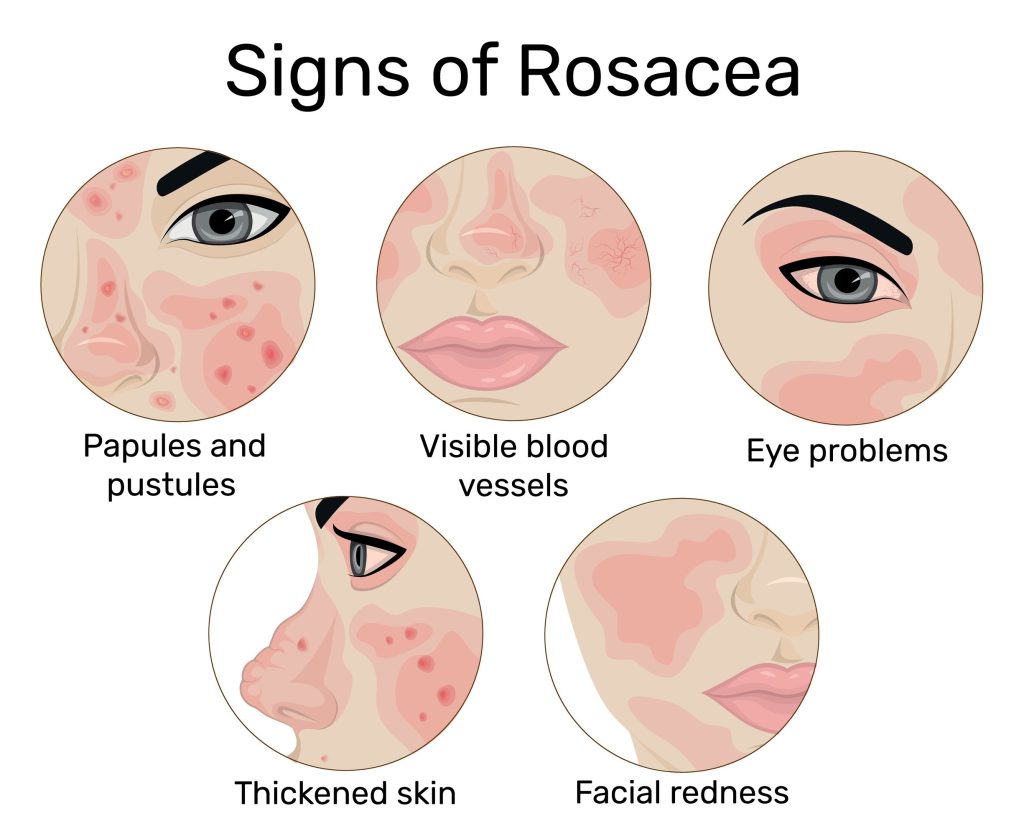
Typically, rosacea is a condition in adults—it almost never manifests in children and rarely during adolescence. Most people start seeing signs around the age of 30.
Dermatologists distinguish four types of rosacea but since a patient can have more than one type at a time and symptoms overlap a lot, it’s not going to be much help to learn them. The most common rosacea symptoms are
- Persistent flushing;
- Visible blood vessels;
- Stinging or burning sensation;
- Slight swelling of the skin;
- Visible blood vessels on the eyelids, watery, gritty, itchy eyes, and light sensitivity;
- Small bumps and pustules;
- Nose enlargement, reddening of the nose tissues, very large pores on the nose.
What Causes Rosacea
TL;DR:
1) No one knows. It’s believed to be a combination of nerves, blood vessels, and the immune system being hyperactive in the central area of the face.
2) Symptoms and root causes can be wildly different for everyone.
3) Rosacea treatments don’t work for all patients, most of the time they have to find what works by trial and error.
Most definitions of rosacea boil down to something like, “a chronic inflammatory skin condition causing redness in the face’s central area.” Imagine that…
The truth is that the exact causes of rosacea are still unclear to the medical community. The leading theories suggest it could come down to a few key issues:
- Immune Dysregulation: Something’s up with the immune system, but pinpointing what is tricky.
- Neurovascular Dysfunction: The nerves and blood vessels in the face are playing a part.
- Impaired Skin Barrier: The skin itself might not be protecting as well as it should.
These factors are incredibly complex and intertwined, making them tough to study.
Other theories link rosacea to the Demodex mite (a harmless microscopic insect that lives on our skin and feeds on sebum) based on the fact that topical Ivermectin (aka Soolantra) that kills Demodex works extremely well for some rosacea patients (but not for others).
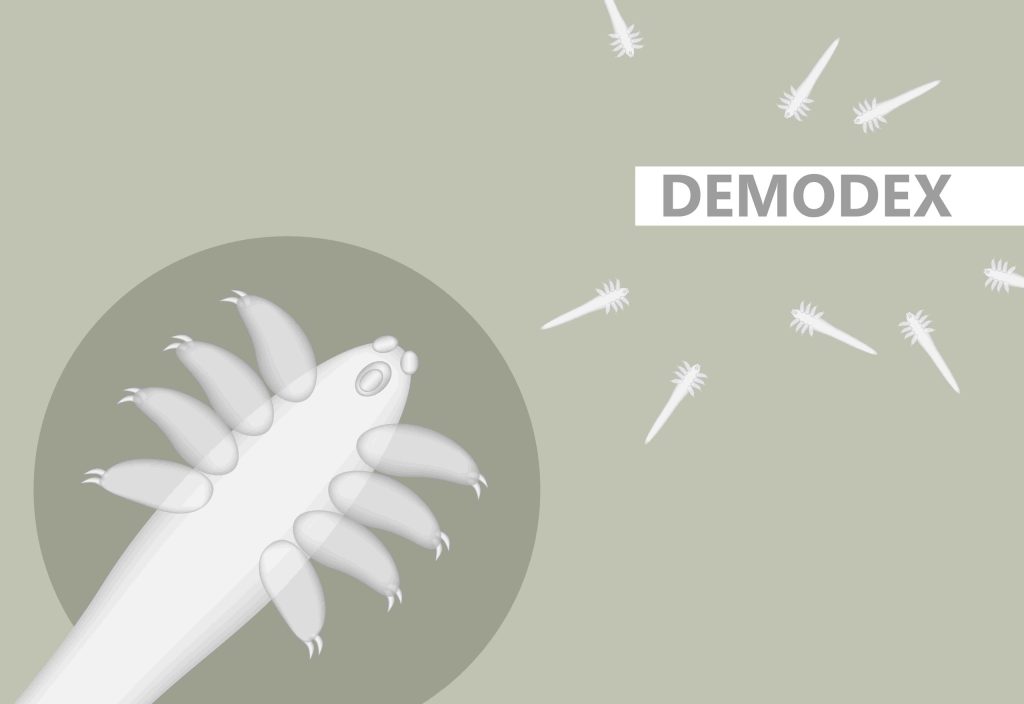
Rosacea is also associated with gut microbiome imbalance based on the fact that improving gut health reduces rosacea symptoms. But neither theory has solid evidence and treatments don’t work for all rosacea patients so it’s all speculation.
Dermatologists often find that rosacea is as unique as the patients themselves—there’s a huge variation in how people experience it and respond to treatments.
What Can We Do?
Okay, so this all sounds a bit depressing: an incurable condition no one can figure out. What should we do then, buckle up and cross our fingers till they find what causes it and invent a cure? Heck no! Millions of people with rosacea manage to get it under control to the point where it bothers them no more than a certain skin type would. Here are some things that are crucial for tackling rosacea.
Set Realistic Expectations
According to dermatologists, a lot of people fail to get rosacea under control simply because they want instant results. When those don’t materialize, they throw in the towel too soon. Let’s set the record straight on what it really takes to manage rosacea:
- First off, there’s no magic bullet—no single pill or procedure will wipe out rosacea overnight but persistence really does pay off.
- You might need to play around with different treatments to find what clicks with your skin. When it comes to rosacea, it’s all about trial and error.
- And here’s the really good part: once you find what works for your rosacea you’ll manage your symptoms so well that people might not even guess you have rosacea!

Get to Know Your Triggers
If you have rosacea, you’re probably familiar with how quickly your face can turn bright red from certain things called triggers (being in the sun, alcohol, stress, etc.) We’ve touched on most of the common triggers already, so no need to go over them again. Also, rosacea triggers can vary widely from person to person.
The key for anyone battling rosacea is to understand what sets off your flare-ups. By avoiding your triggers, you could see a huge improvement and that’s a promise! Oftentimes, steering clear of just ONE specific trigger can give you an urge to post before/after pictures.
Sunblock and Prosper
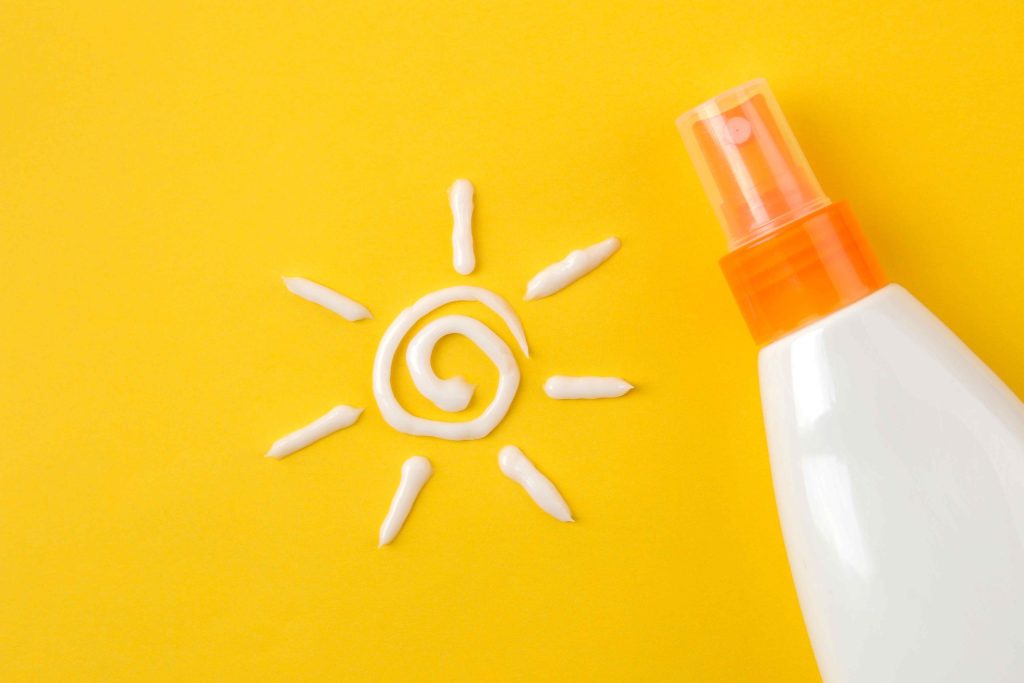
For most patients, using SPF50 every day meticulously is already transformative, as UV rays are both the most common trigger and a part of the pathogenesis. Research has shown that UVB rays can make blood vessels get larger and branch out making the redness much worse.
Understand That Visible Blood Vessels Won’t Magically Disappear
If you already have visible blood vessels, no skincare or lifestyle changes will make them disappear. The right treatments and cosmetic ingredients might make them less visible to an extent but they can’t dissolve them. This often discourages people from continuing with their rosacea treatment because it’s hard to see any improvement if your face is covered with spider veins.
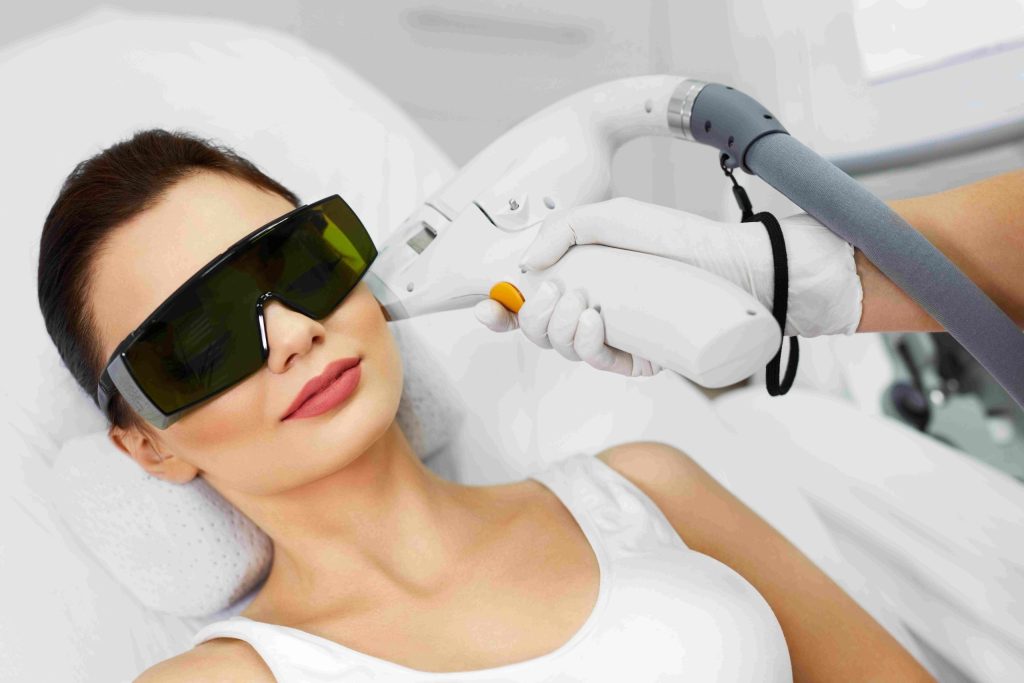
The only way to get rid of visible blood vessels is laser treatment. If you’re feeling wary about it, you absolutely shouldn’t be. It’s a simple procedure during which the doctor sends laser impulses into your skin which get absorbed by blood vessels closest to the surface without damaging any surrounding tissues. This causes blood vessels to overheat and collapse inwards after which they will be dissolved by immune cells without a trace. The procedure lasts anything from 5 to 30 minutes and is virtually painless.
Rosacea patients can get terrific results from laser treatment but it almost never happens over one procedure—on average it takes from three to five. Another important thing to keep in mind is that the treatment won’t prevent your body from making new blood vessels. The general recommendation is to repeat laser treatment at least once a year. Consulting with a healthcare professional is necessary, of course!
Be Careful with Your Skincare Routine

Last but not least, being mindful about what you put on your skin and what you do to it can help you achieve terrific results and fall in love with your skin again.
FAQ
-
Where do I start with OnSkin?
Download the app and think of a product you’d like to know more about. Then, go to the main screen and choose how you’d like to get the info —by manually looking it up in the search bar, by scanning its barcode, or by simply taking a picture of the packaging. Once you’ve done any of these, you can see how safe the product is and if it suits your skin or hair (if this analysis is available).
-
What is Safety Rating, and how is it calculated?
In OnSkin, we base product rates on ingredients. Each is closely studied by our medical team and then evaluated. This way, each product gets a score from 0 to 100, with 100 as the safest level.
Safety Levels
- Excellent (76–100)
- Good (51–75)
- Not great (26–50)
- Bad (0–25)
These scores are backed by the latest scientific studies. You can find links to the resources we’ve used on each ingredient page. To assess the safety of product ingredients, we evaluate them according to the following parameters/criteria
- Endocrine disruption risk / Reproductive toxicity
Indicates the probability of mimicking, blocking, or interfering with the body hormones.
- Сarcinogenicity
Measures the potential risk of inducing cancer.
- Allergy risk
Estimates the probability of an allergic reaction.
- High concentration alert
Determines the risk of being unsafe in certain amounts.
-
What is Skin Match?
Based on the info you input about your skin type, age, skin care goal, and other “settings,” OnSkin checks how well a product is tailored to your unique skin needs — it’s basically like a dermatologist helping you find the right products, minus the fees and the long wait. The product you’re checking might be labeled as It’s a match!, Hit-or-miss, or Not a match for you. The app also detects ingredient groups such as Anti-acne, Anti-inflammatory, Moisturizes, May be drying, Comedogenic, and others — by tapping one, you see exactly what ingredients from this or that group are in the product.
-
I seem to have a problem with using the app. Who should I contact?
Please reach out to us at [email protected], and we’ll carefully look into your issue. Your ideas for improving the app are also very welcome!
-
Do you have an Android version?
Not yet! Hey Android users, we hear you, and we're thinking about making an Android version, but we haven't started the development yet.
Tracker Sent!
It’s on the way to your inbox.


